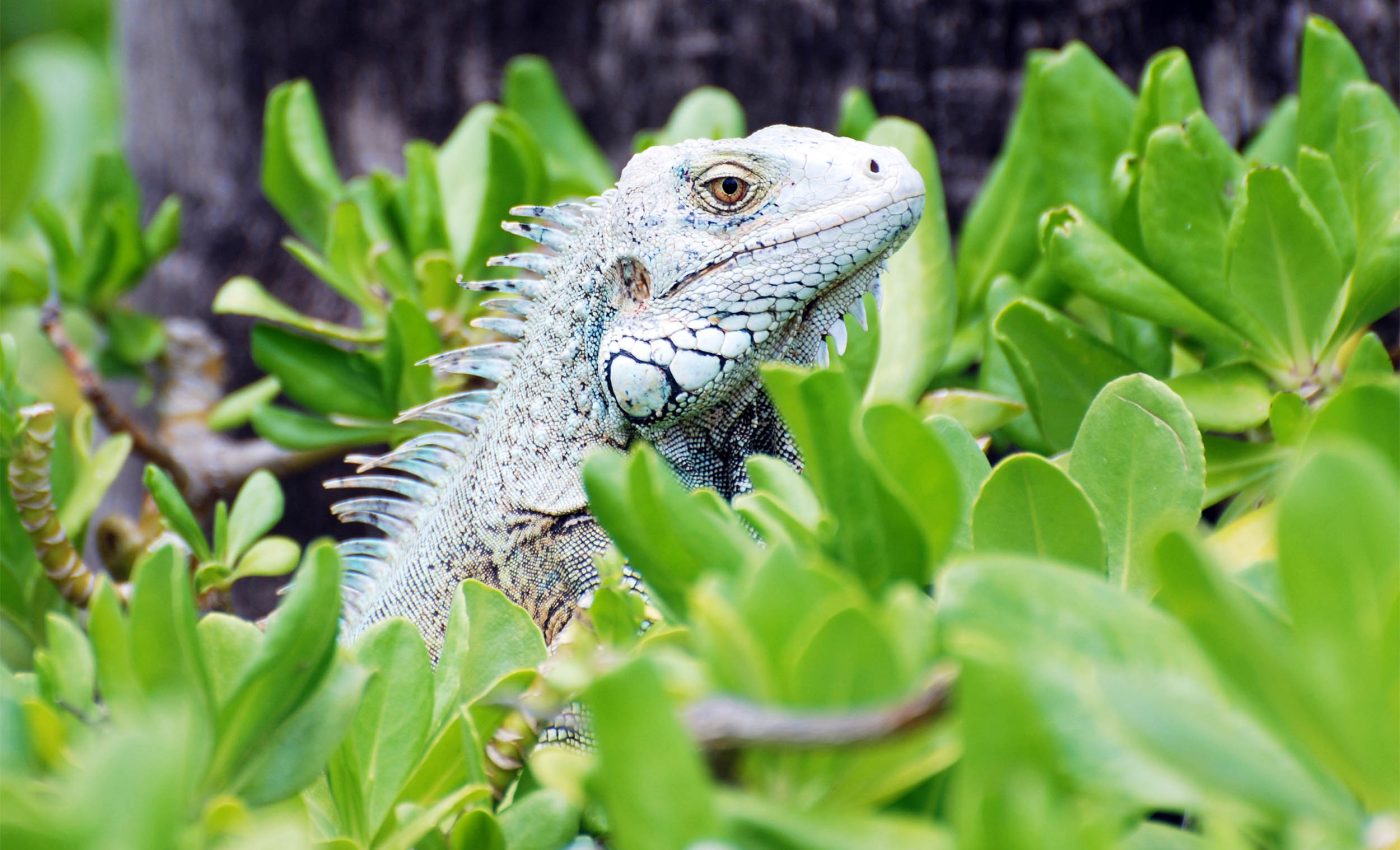
Invasive species do not destroy ecosystems all at once, they have a plan
A Swiss-led team, working with partners in Germany and China, analyzed terrestrial species invasions at a global scale. Their work drew on hundreds of field studies to reveal which impacts persist and which ease.
A global analysis shows that the longer invaders remain, the deeper the hit to native plant diversity becomes. The time since arrival is not background noise, it is a driver.
The work was led by Prof. Madhav P. Thakur at the University of Bern. His research focuses on biodiversity change and how it reshapes ecosystem processes.
The team used a meta-analysis, a study that pools many studies to detect reliable patterns. That approach lets them compare plants, animals, and microbes across different climates and habitats.
One factor stood out across contexts. Residence time, the number of years since a species arrived, tracked the growing losses in native plant richness.
Animal and plant species invasions
Some impacts showed staying power. Native plant diversity remained sensitive even in older invasions, which means species losses are hard to reverse once they build.
Other effects softened over time. Several abiotic properties, non living features like soil carbon and nitrogen, often shifted early then stabilized within about a decade.
Soil changes did not follow one script. Some sites saw early spikes in nutrients that later leveled off, while others returned toward baseline conditions.
Time did not treat all properties equally. Biodiversity kept sliding with age, while many soil shifts relaxed, a useful difference for planning.
Greenhouse gases and a caution
The synthesis linked invasions by plants and animals to higher soil emissions of greenhouse gases. That pattern emerged repeatedly across study sites.
The authors also flagged publication bias, a tendency for certain results to be published more often than others. That caveat calls for long term measurements before drawing firm climate conclusions.
If future research confirms that biological invasions contribute to higher greenhouse gas emissions, controlling invasive species could become an additional tool in addressing climate change.
Managers weighing climate links should monitor emissions over years. Short snapshots can miss the changing pace of soil processes.
Rethinking old rules
A classic idea says diverse native communities resist invaders. The new synthesis found that biotic resistance, the tendency of diverse communities to repel newcomers, did not reliably limit ecosystem level impacts.
Traits often associated with successful invaders, such as leaf thickness or growth rate, also failed to predict the size or direction of ecosystem change. Latitude showed little consistent signal as well.
The study was described as a major step toward linking how species invasions take hold with how they transform ecosystems.
The researchers noted that when key ideas were compared directly, the duration of an invader’s presence proved to be a stronger predictor of ecosystem change than factors like latitude or species traits.
The researchers cautioned that managers should not rely on community diversity or typical invader traits to protect ecosystem functions once an invasion is underway.
Why it matters now
Species invasions carry social and economic consequences that add up quickly. In 2019, global annual costs were estimated to exceed 423 billion dollars.
That burden is not limited to damaged habitats. Food security, water security, and public health all feel the strain when invasive species spread.
Those numbers also hide the human effort required to respond. Communities spend time and money controlling pests while coping with lost harvests or compromised water.
The study’s timeline view helps set priorities. It points to early action in places where native plant diversity is at risk, and to patient tracking where soils may stabilize.
Smarter action, sooner
The researchers emphasized the importance of early action to prevent or remove invasive plants in areas where native diversity is threatened, noting that species losses increase the longer invasions persist.
For soil properties that often relax, a measured approach helps. Adaptive monitoring can avoid one size fits all fixes that waste time or funds.
Early detection and rapid response remain a practical cornerstone. A federal guide notes that finding and removing new invaders quickly is among the most cost effective strategies.
Local knowledge and regular surveys make that possible. Pathway controls, such as inspections of goods and materials, reduce new arrivals before they start.
Future of species invasions
Evidence is thinner for animals and microbes, especially outside the Global North. The authors call for long term experiments and broader geographic coverage to fill that gap.
Better data will sharpen estimates of greenhouse gas effects. It will also improve guidance on when soils recover and when they do not
“Time is the underappreciated axis of invasion impact,” concluded Professor Thakur. That theme gives managers a way to rank sites, threats, and responses without guesswork.
Policy can match that tempo. Protect native diversity early, watch soils closely, and dial tactics to the specific property at risk.
The study is published in Science.
—–
Like what you read? Subscribe to our newsletter for engaging articles, exclusive content, and the latest updates.
Check us out on EarthSnap, a free app brought to you by Eric Ralls and Earth.com.
—–













